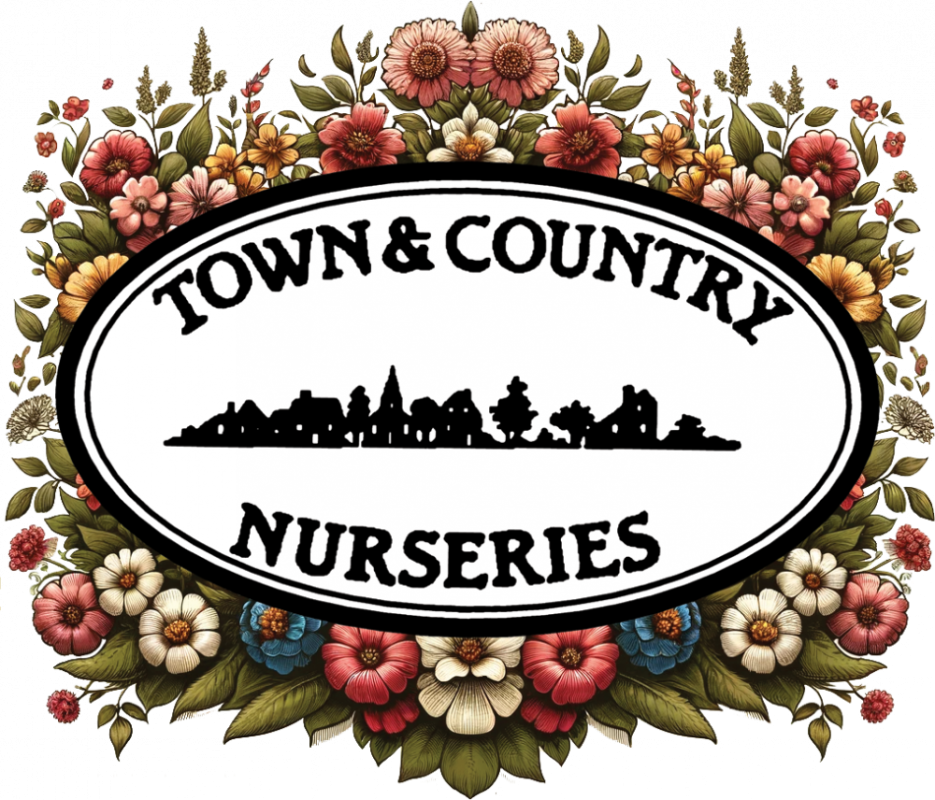Perennial of the Month: Coneflower
Coneflowers, also known as Echinacea, are tough little native flowers that draw butterflies, bees, and birds [...]
BUG OFF! Nature’s Way
Not all insects are harmful to your garden; in fact, many are beneficial and are [...]
Gardens That Heal
Planting medicinal herbs is an ancient practice. Earliest accounts date back more than 6,000 years, [...]
Fighting the Blues
St. John the Baptist, the New Testament healer, lends his name to St. John’s wort, [...]
What Are the Effects of Rock Salt on Lawn Grass?
Rock salt is commonly used as a deicing agent, helping prevent winter accidents on roads, [...]






